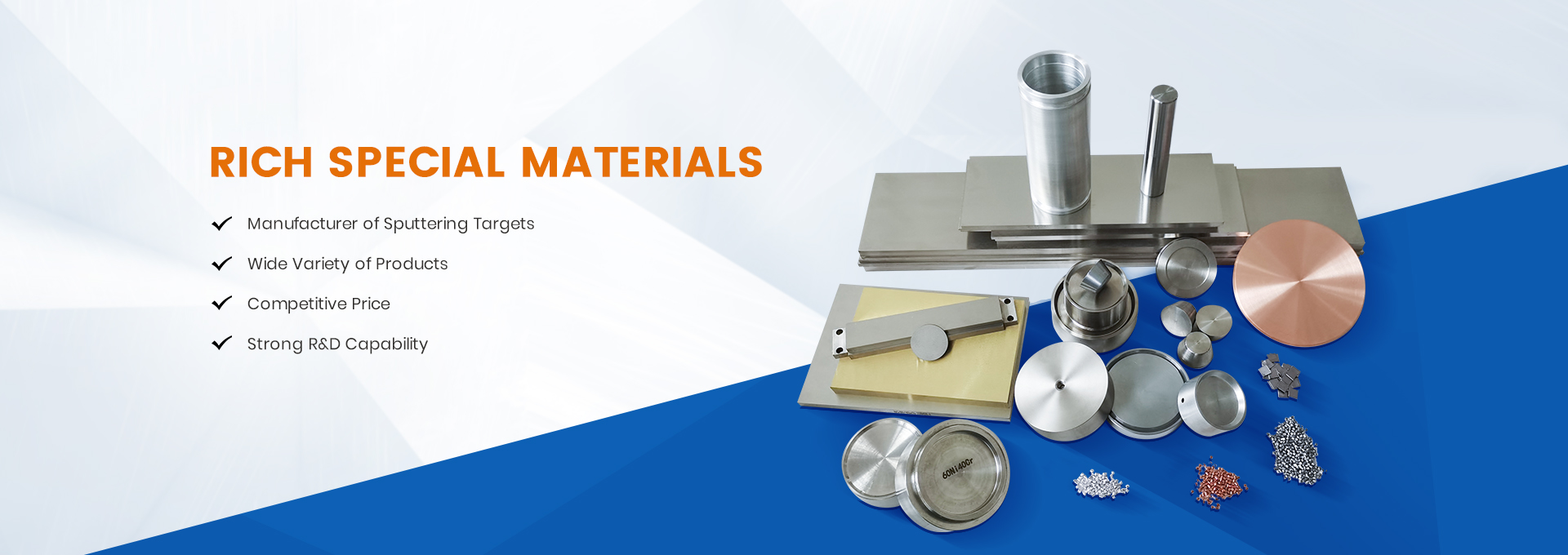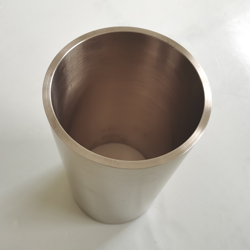At present, almost all the high-end ultra-high purity metal copper targets required by the IC industry are monopolized by several large foreign multinational companies. All the ultrapure copper targets needed by the domestic IC industry need to be imported, which is not only expensive, but also complicated in import procedures Therefore, China urgently needs to improve the development and verification of ultra-high purity (6N) copper sputtering targets. Let’s take a look at the key points and difficulties in the development of ultra-high purity (6N) copper sputtering targets.
1、 Development of ultra high purity materials
The purification technology of high-purity Cu, Al and Ta metals in China is far from that in industrial developed countries. At present, most of the high-purity metals that can be provided can not meet the quality requirements of integrated circuits for sputtering targets according to the conventional all element analysis methods in the industry. The number of inclusions in the target is too high or unevenly distributed. Particles are often formed on the wafer during sputtering, resulting in short circuit or open circuit of interconnect, which seriously affects the performance of the film.
2、 Development of copper sputtering target preparation technology
The development of copper sputtering target preparation technology mainly focuses on three aspects: grain size, orientation control and uniformity. The semiconductor industry has the highest requirements for sputtering targets and evaporating raw materials. It has very strict requirements for the control of the surface grain size and crystal orientation of the target. The grain size of the target must be controlled at 100 μ M below, therefore, the control of grain size and the means of correlation analysis and detection are very important for the development of metal targets.
3、 Development of analysis and testing technology
The high purity of the target means the reduction of impurities. In the past, inductively coupled plasma (ICP) and atomic absorption spectrometry were used to determine impurities, but in recent years, glow discharge quality analysis (GDMS) with higher sensitivity has been gradually used as the standard method. The residual resistance ratio RRR method is mainly used for the determination of electrical purity. Its determination principle is to evaluate the purity of base metal by measuring the degree of electronic dispersion of impurities. Because it is to measure the resistance at room temperature and very low temperature, it is simple to take the number. In recent years, in order to explore the essence of metals, the research on ultra-high purity is very active. In this case, RRR value is the best way to evaluate the purity.
Post time: May-06-2022




